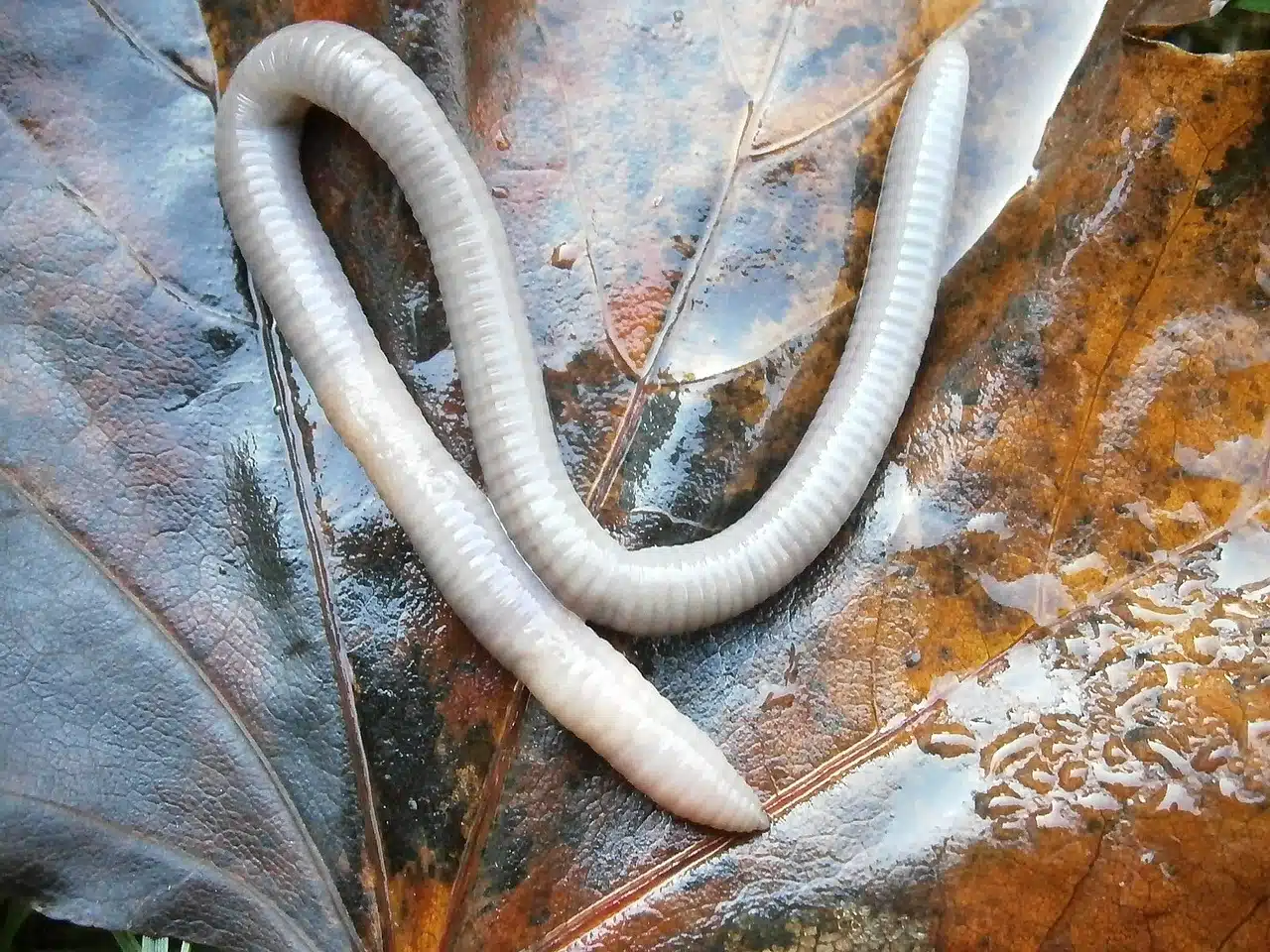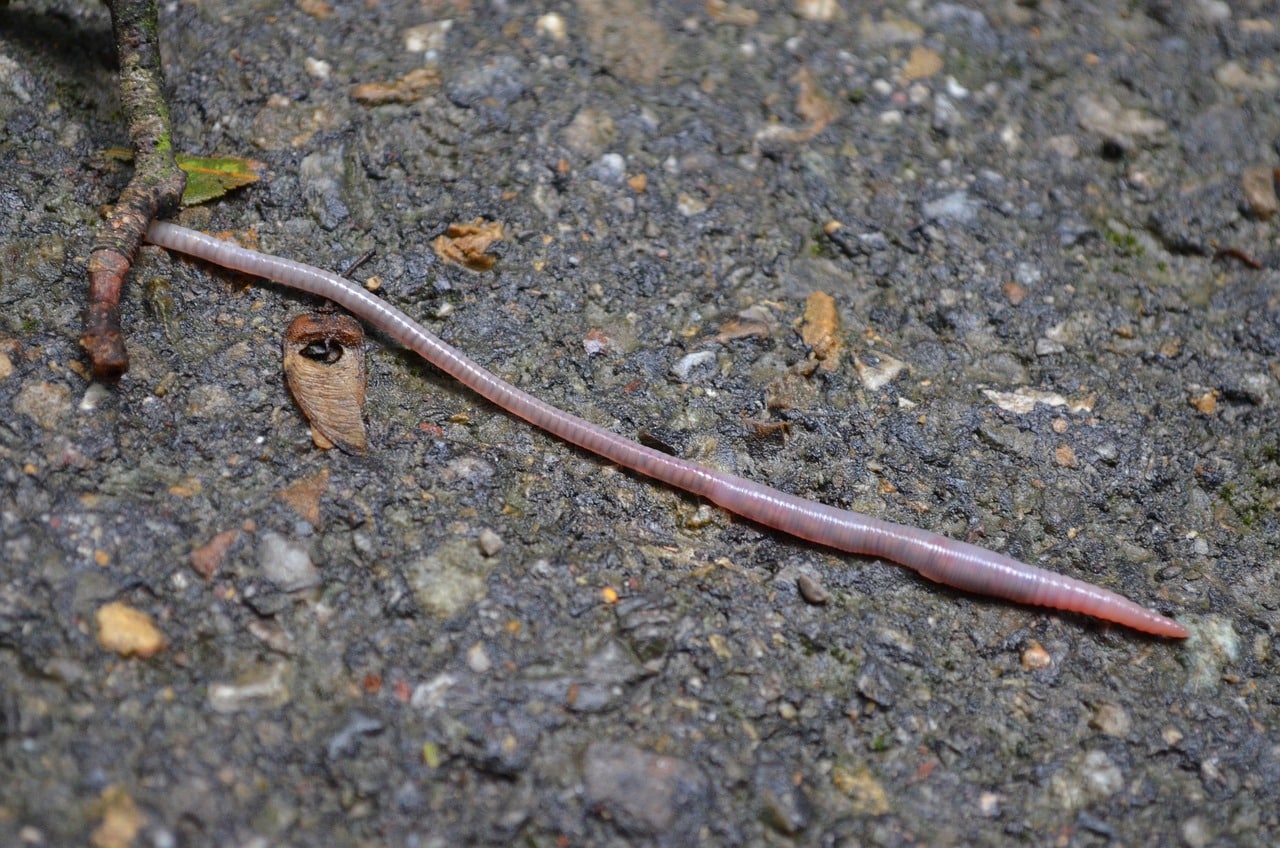
Nematodes are also known as roundworms and nematodes.
Nematodes are nematehelminth worms of the superphylum Ecdysozoa . Also called nematodes or nematodes , these animals have a digestive system in the form of a straight duct, which occupies the entire length of the body .
Nematodes are organisms that generally live in the aquatic environment, although they also live on the surface. Among the more than twenty-five thousand species detected by scientists, there are autonomously existing nematodes and other parasites of humans, plants and animals.
It is important to keep in mind that, in people, nematodes cause diseases such as ascariasis, trichinosis and filariasis, among others.
Characteristics of nematodes
The diversity of species allows there to be a great difference in size between the different nematodes. There are some that measure less than a millimeter and others that exceed fifty centimeters. The largest nematode that has been recorded is female and belongs to the species called Placentonema gigantísima : it can reach eight meters in length. That females are larger is common in nematodes.
Nematodes are classified as dioecious , since they have both sexes in differentiated organs . Its morphology indicates that its body is long and lacks segments. The outer surface of its body, called cuticle , is usually smooth (although certain species exhibit rough elements) and highly resistant.
Under the cuticle there are different layers of muscles and a cavity filled with fluid that acts as a kind of hydrostatic skeleton ( pseudocele ) that allows the circulation of nutritional substances. Since they lack a circulatory system , nematodes must generate pressure to mobilize internal fluids.
They are characterized by being formed by a cavity filled with a liquid called pseudocoelomic that surrounds the individual's organs. Depending on the species to which each one belongs, it will have a certain and constant number of cells . Regarding their digestive system, they have a complete digestive tract with a mouth and anus.

Nematodes are worms.
Anatomy and functioning of the organism
Regarding its anatomy, it has a vermiform, circular appearance without rings. Its mouth is located at the anterior end of the body and around it there are a series of lobes that function as if they were lips; The number of lobes can vary according to the characteristics of each subspecies. In the case of marine forms, the most primitive of all, they usually have 6 lobes, while in terrestrial forms the majority of individuals have three.
Your cuticle, produced by your epidermis , is very thick and is composed almost entirely of collagen . It is divided into strata and its usefulness is to protect the animal from the hostile environment, in addition to allowing it to colonize environments that are not entirely conducive to it. Regarding its muscles , it is striated and longitudinal in shape, and is essential for the life of the organism since it is made up of cells that are responsible for connecting with the nervous system and allowing the mobility, although reduced, of the whole body.
As for digestion, it can be both extracellular and intracellular , and its diet varies according to the species; some are carnivorous and feed on tiny invertebrates and others are phytophagous, consuming plant roots; Other favorite foods may include algae, fungi, bacteria, and even decaying matter. There are also others, parasitic, that inhabit living organisms, whether plants or animals (including humans).
They have a centralized nervous system, with a ring-shaped brain that has 6 nervous ganglia that communicate with the rest of the body through a series of cords, where each one fulfills a specific function.
Finally, we can add that nematodes have amazing evolutionary success and that since they exist in so many diverse varieties, it is advisable to study each one individually to understand their real behavior, since the differences between them can be abysmal.
